Why Prefab Solutions are Ideal For Schools In Rural Areas?

Traditional school construction is time-consuming, weather-dependent, and expensive. However, with new construction technologies and improved processes, innovation has stepped in. There is now a more affordable way to provide buildings. Modular school buildings are an excellent choice, especially if you're looking for high-quality, low-cost space that won't interfere with your school's day-to-day operations. This practical and modern construction method is assisting schools across the country, especially in rural areas in increasing classroom space.
Here are six reasons why prefabricated structures are a good choice for schools in rural areas:
Saves money
Modular buildings significantly reduce the disruption and cost of student rehousing during the project. Because factory construction guarantees timeliness. Schools can order buildings that will be delivered in time to house next year's growing enrollment. Prefab modular construction is especially advantageous for new school projects, where the land-price component and holding costs are increasingly accounting for a larger proportion of the budget.
Prefabrication is especially beneficial when it comes to supplying buildings to rural and regional areas where the availability of commercially qualified builders affects affordability and quality control. It also resolves the quandary of investing in school infrastructure in areas with uncertain future viability.
Saves time
Prefabricated modular building techniques significantly shorten construction timelines, saving schools a significant amount of disruption caused by a traditional build. Schools do not have to give up site space for the duration of the construction project, nor do they have to deal with the inconveniences of material delivery, site management issues, labour issues, and the unavoidable disruption to the learning programme.
Because the majority of modular construction is completed off-site (in a factory) site preparation and service installation can take place concurrently. Working concurrently reduces project time by up to half when compared to traditional construction. Building away from the school in a factory eliminates delays caused by: inclement weather, subcontractors' schedules, supply chain, site theft, or vandalism.
Pressmach offers you a wide variety of prefab schools customized to your requirements. Discuss your requirements with our expert team
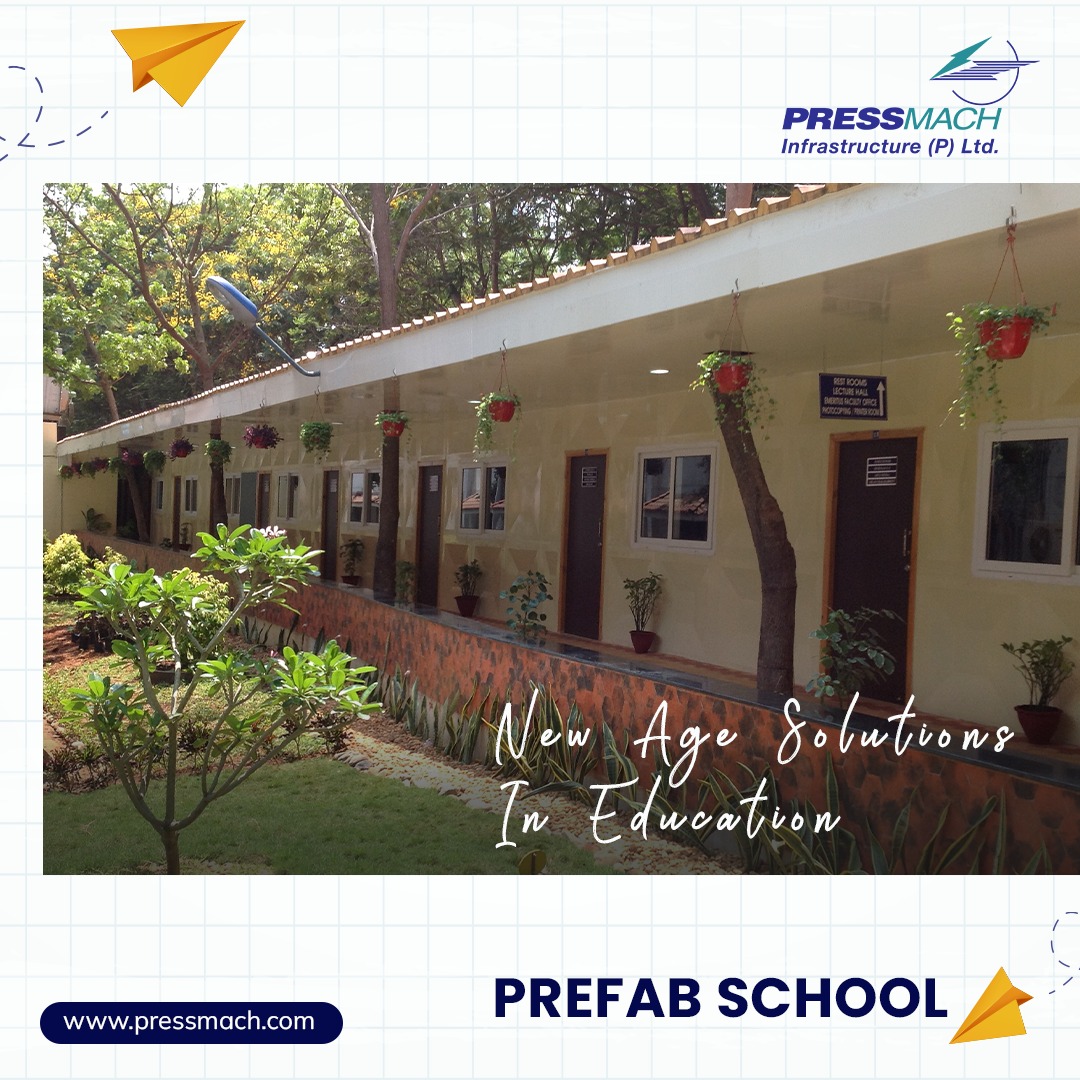
Off-site construction
A traditional structure necessitates on-site construction. It would be difficult to complete during the summer vacations, and you would have to deal with the resulting daily disruption.
Pre-engineered building construction is much easier to construct because they are built off-site. This means that the risks associated with construction sites are reduced; foundations are built on-site, and modular buildings are craned in, reducing construction schedules.
Unlike at a traditional construction site, site cleanup is inexpensive and quick. The modular construction method, which is mostly done in a factory, minimises weather delays; the building programme can continue regardless of the season.
Environmental friendly
Following the renewed emphasis on climate and associated environmental awareness, it is incumbent on schools to model best practices for future generations. Prefabricated modular construction certainly exemplifies more environmentally friendly and sustainable building options, as well as a variety of effective, long-term environmental benefits.
Because of the in-factory manufacturing processes, prefab building is a more sustainable option. The use of sustainable materials in prefab construction, in-house recycling, and just-in-time supply chain management significantly reduce waste associated with in-situ construction.
Safer and healthier
Students, staff, and the school community benefit from modular school building programmes in terms of health, safety, and well-being. With nearly 90% of the construction process taking place in a factory, the on-site impact on school grounds is significantly reduced. Prefab construction allows for the scheduling of more hazardous site operations during school breaks, minimising disruptions to school life and avoiding the inevitable delays associated with on-site construction.
School personnel are not burdened by the onerous student supervision requirements associated with on-site construction. A modular build, when delivered at the Lock-Up Stage, effectively cuts the project time in half, reduces exposure to dangerous site preparation, and reduces the site area annexed by traditional builds.
Better quality
The prefabricated modular building industry is evolving to meet the changing needs of the education sector, resulting in significant improvements in building quality. To ensure a high-quality outcome, prefabrication employs exact specifications, precision equipment, and standardised building procedures. The climate-controlled factory environment and ISO 9001 quality-controlled manufacturing procedures integrate materials delivery and workflow, reducing waste and improving occupational health and safety.
Another advantage of modular construction is the built-in durability required for transportation to the job site. The structure's subassemblies are built to consistent, engineered quality, and extra materials are used to reinforce the structure during delivery.
Wrapping up
Modular classrooms are ideal for your school because they are simple to maintain and clean while also providing a cost-effective solution to tight budgets. Not only that, but they are easily customizable to your specifications.
Your Requirements
Related
Blogs









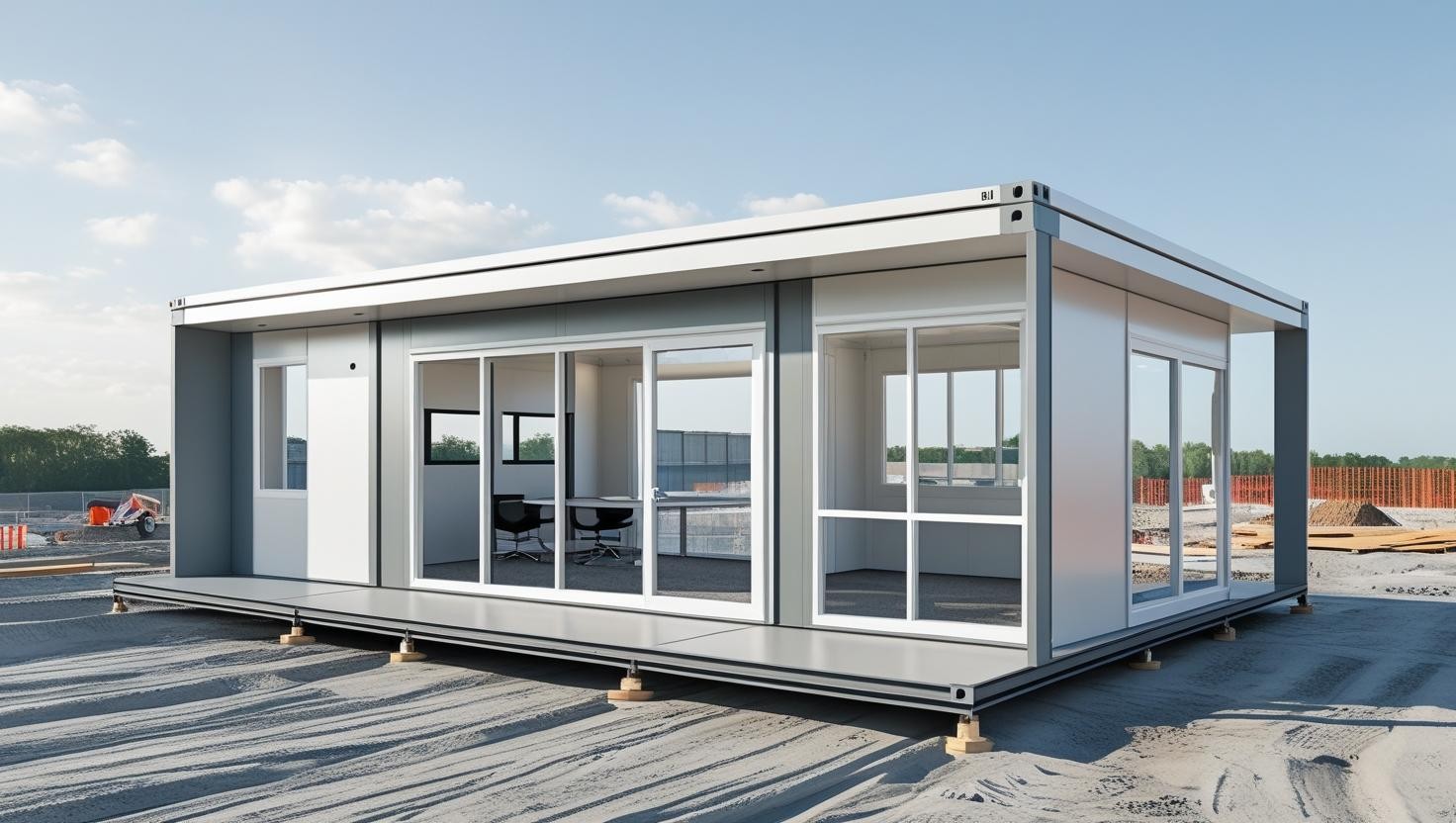











6790c3d8f29a2.jpeg)




























65cf4d38697f9.webp)



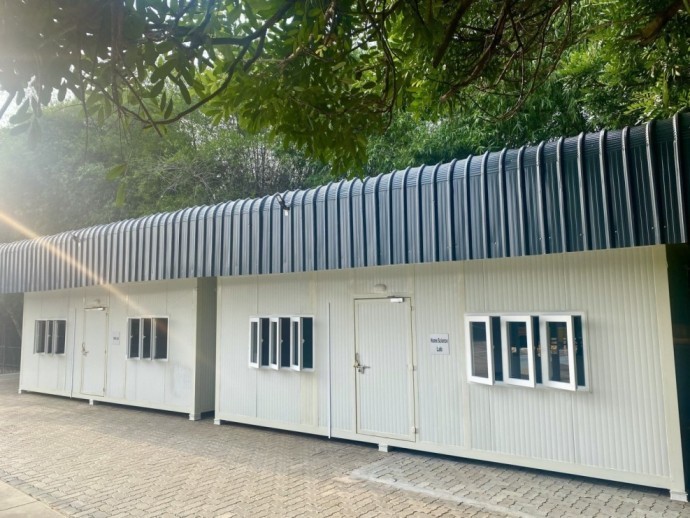



65cf65f046eed.webp)


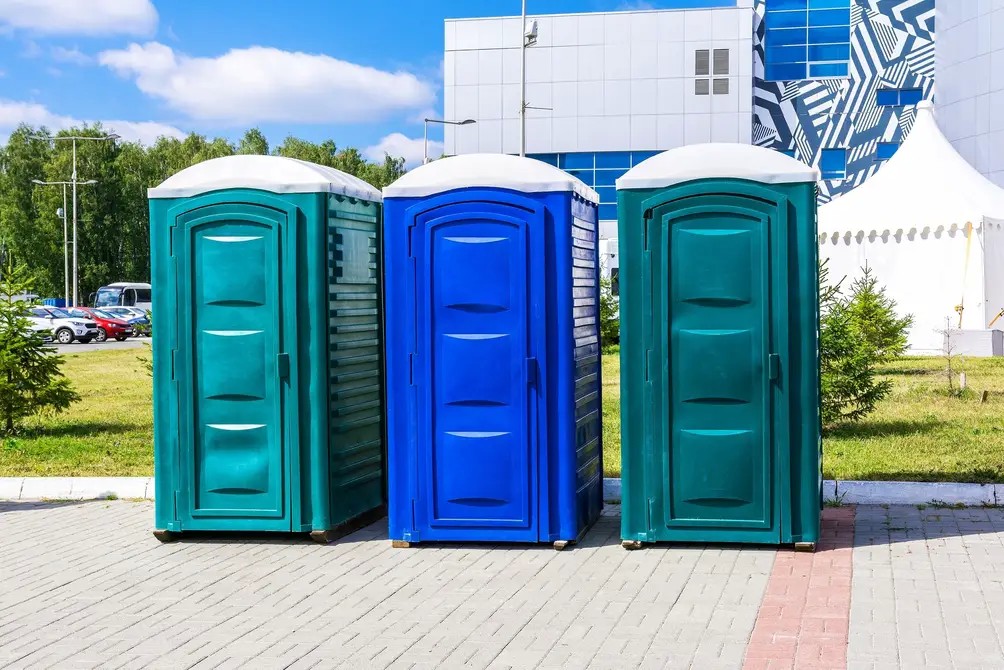



64afe3444467b.jpeg)






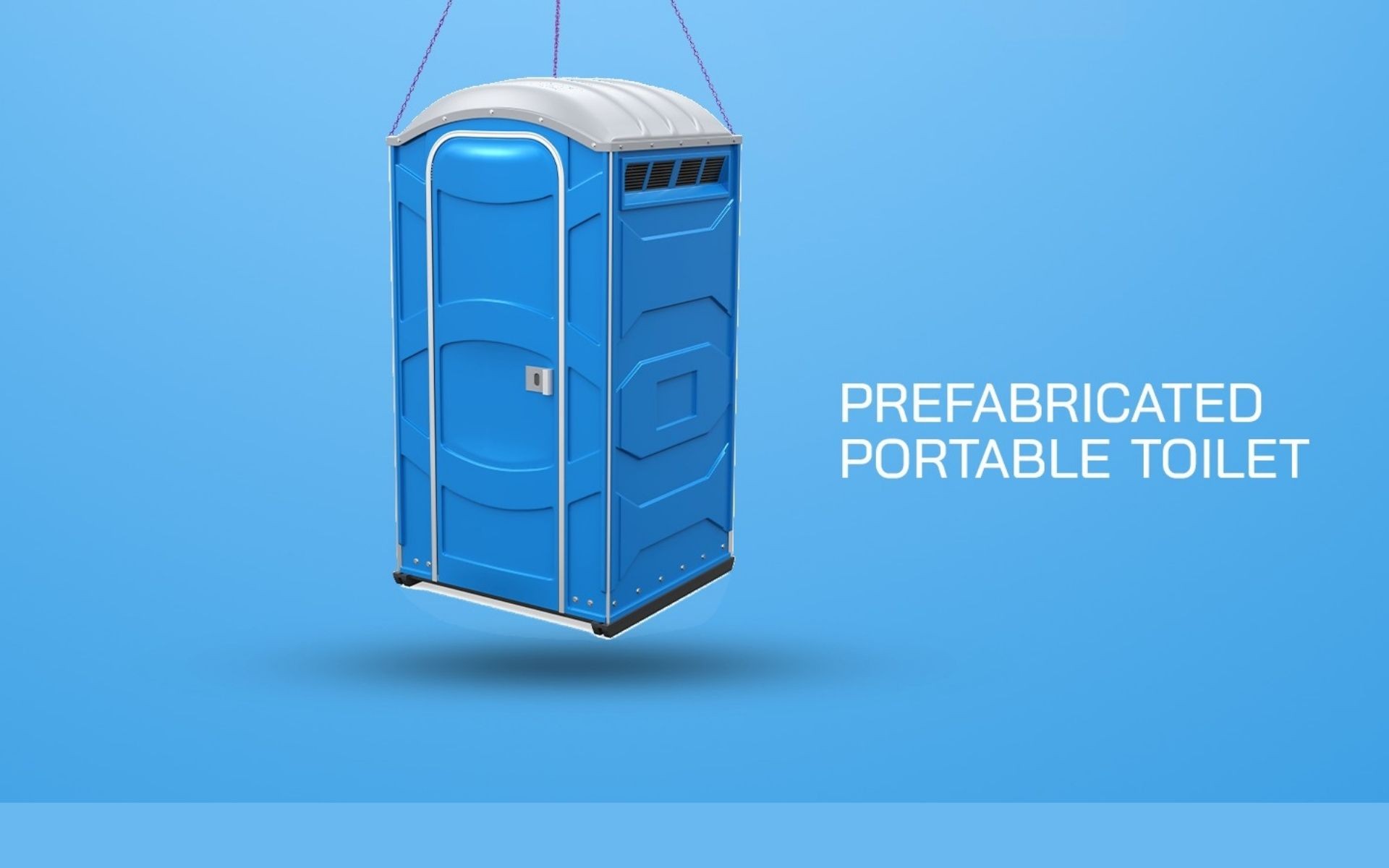




 site office front view622f00119ba65.jpg)

6349487807893.jpeg)